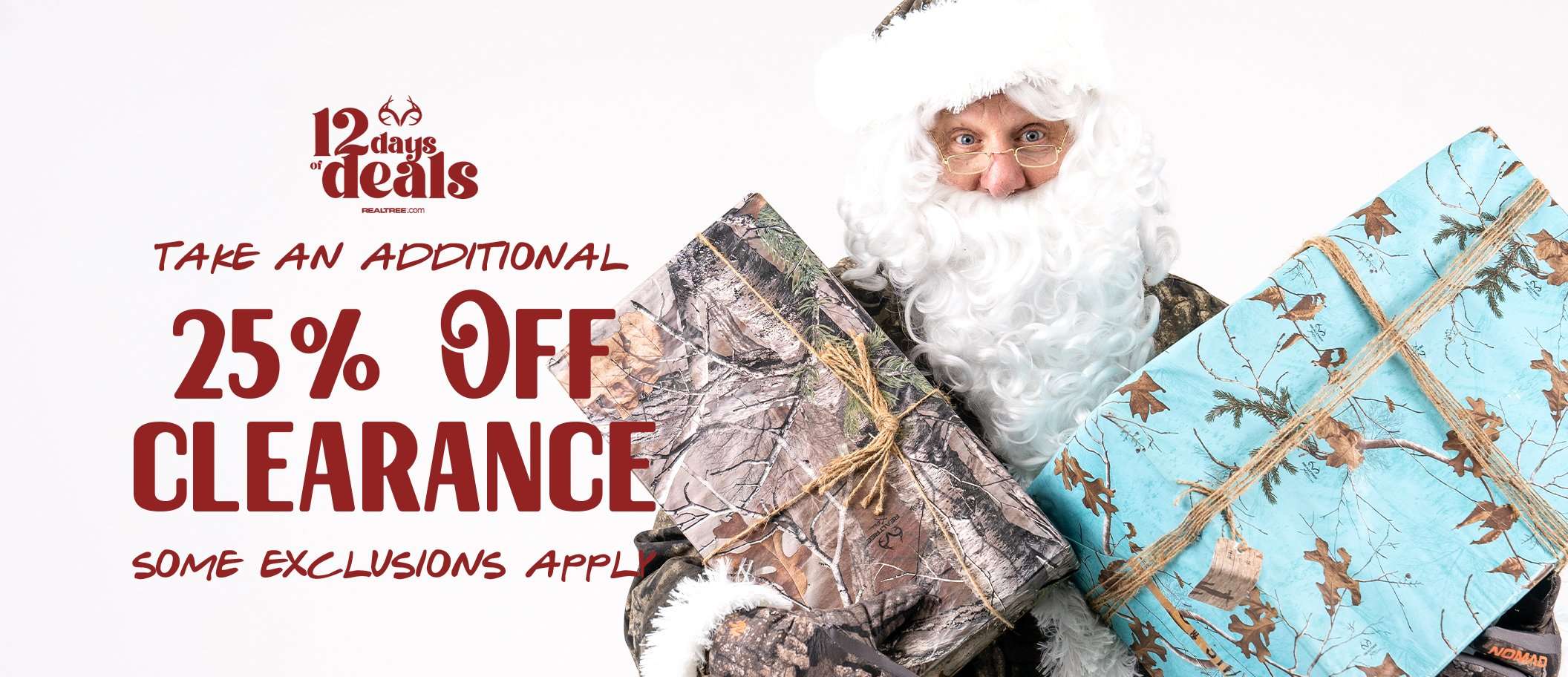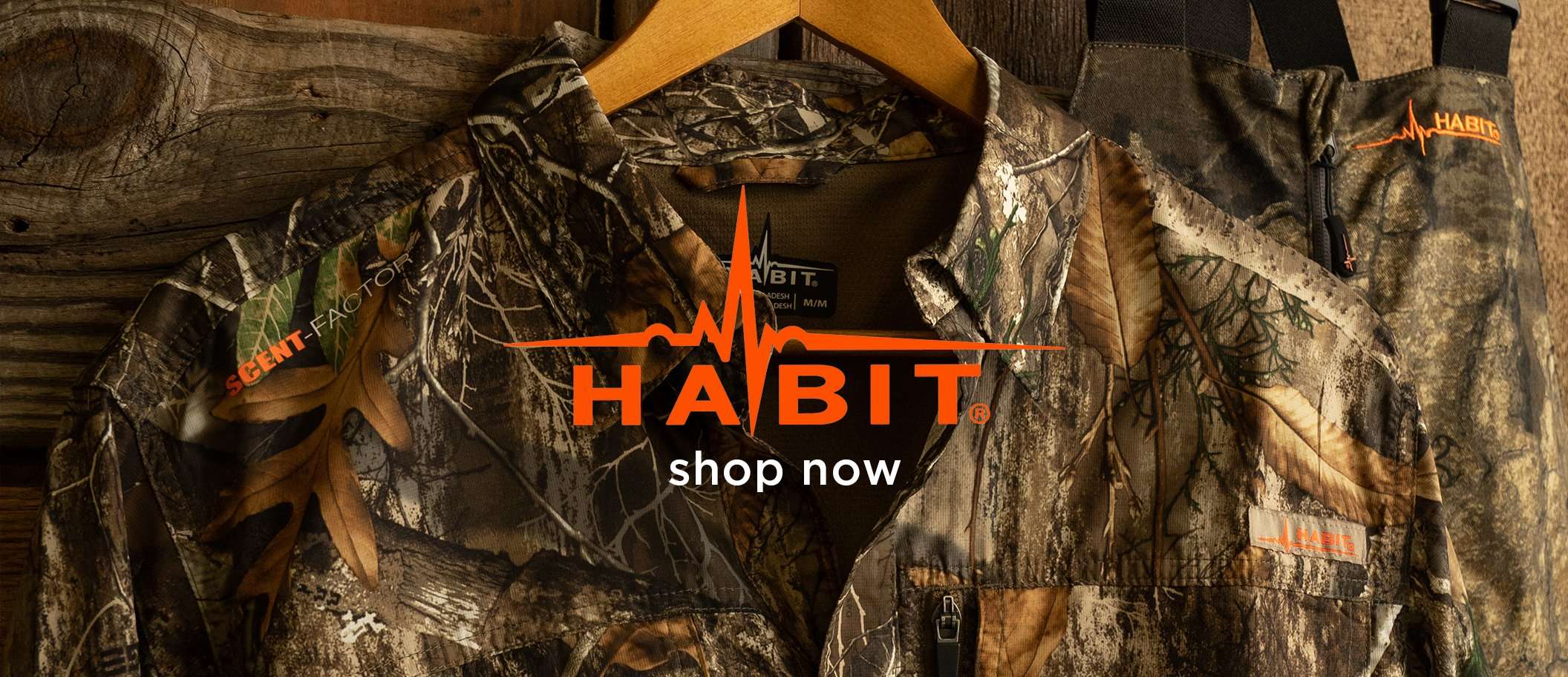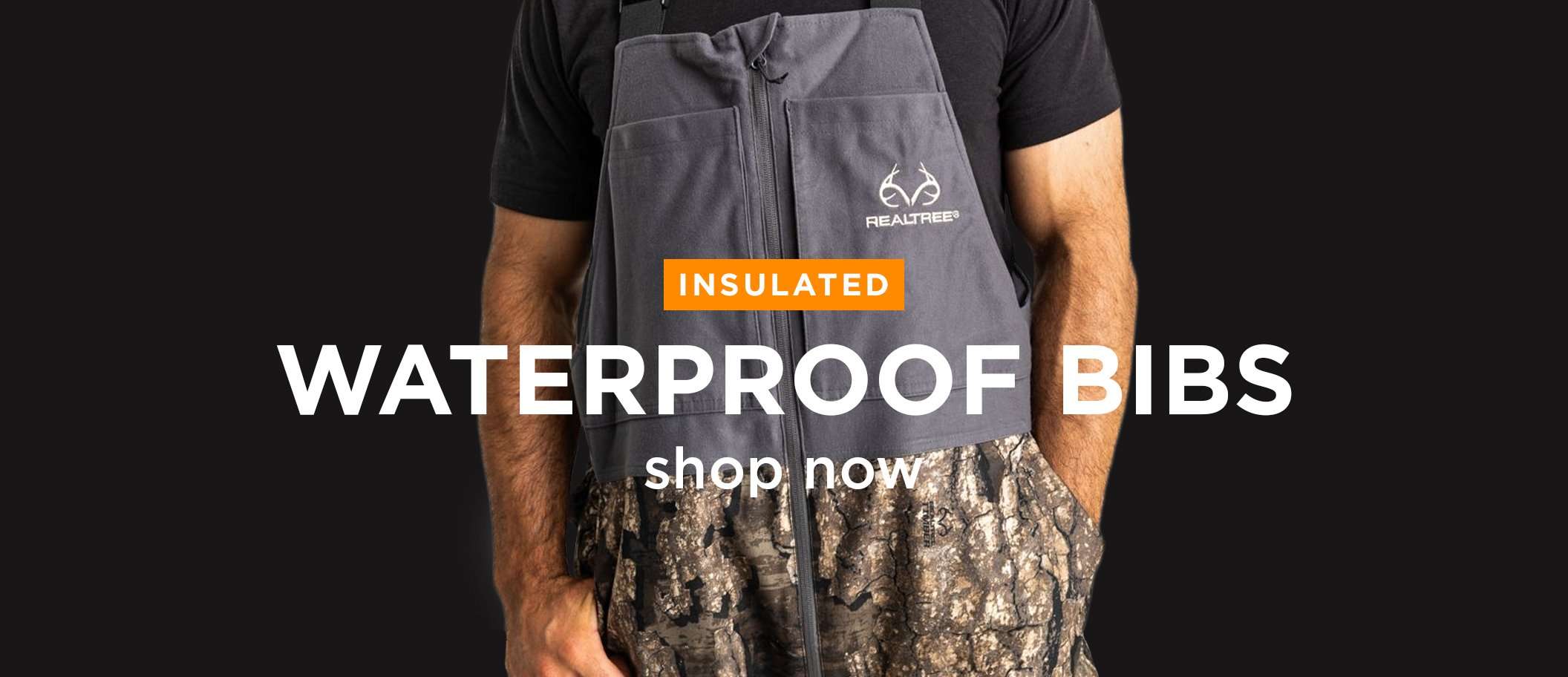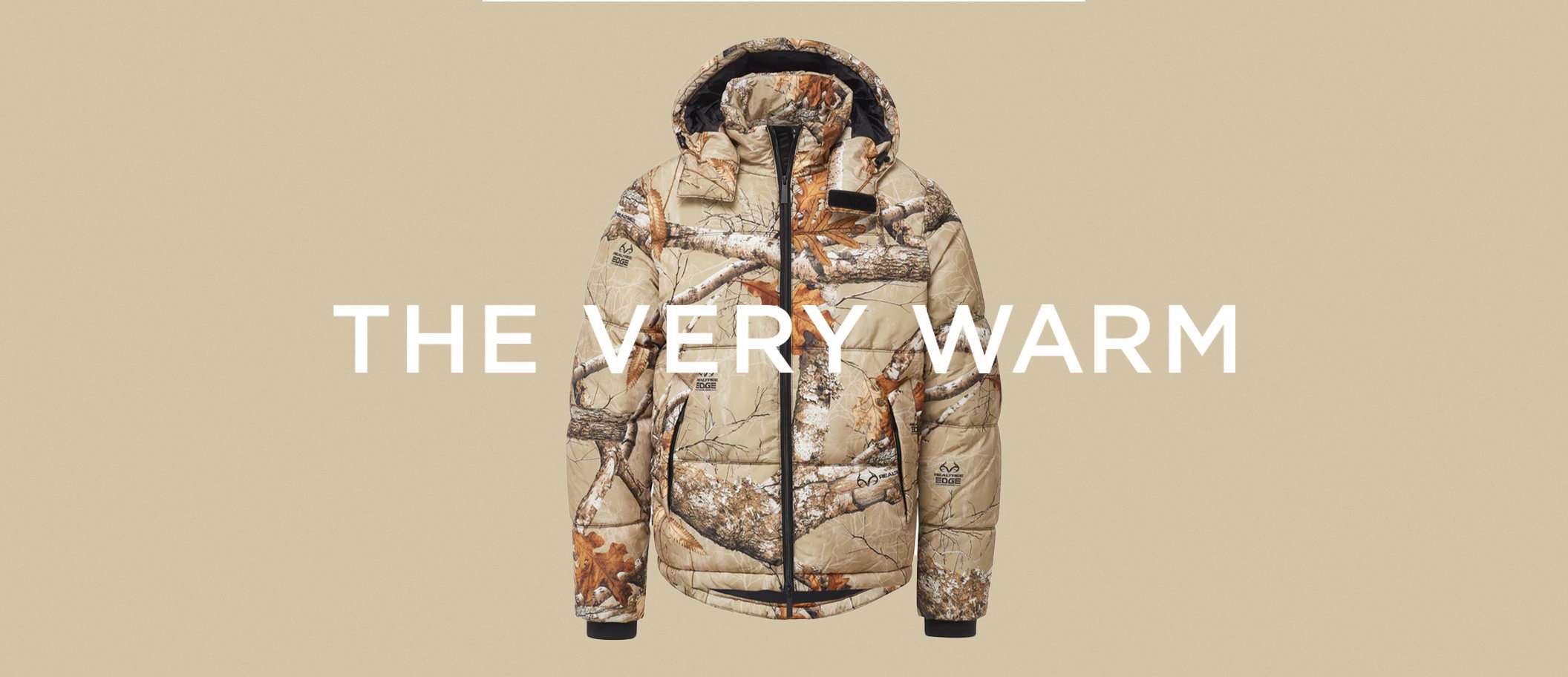Some whitetail bucks have aggressive personalities, often looking for fights and pushing out other promising deer. How do you deal with these brazen thugs?
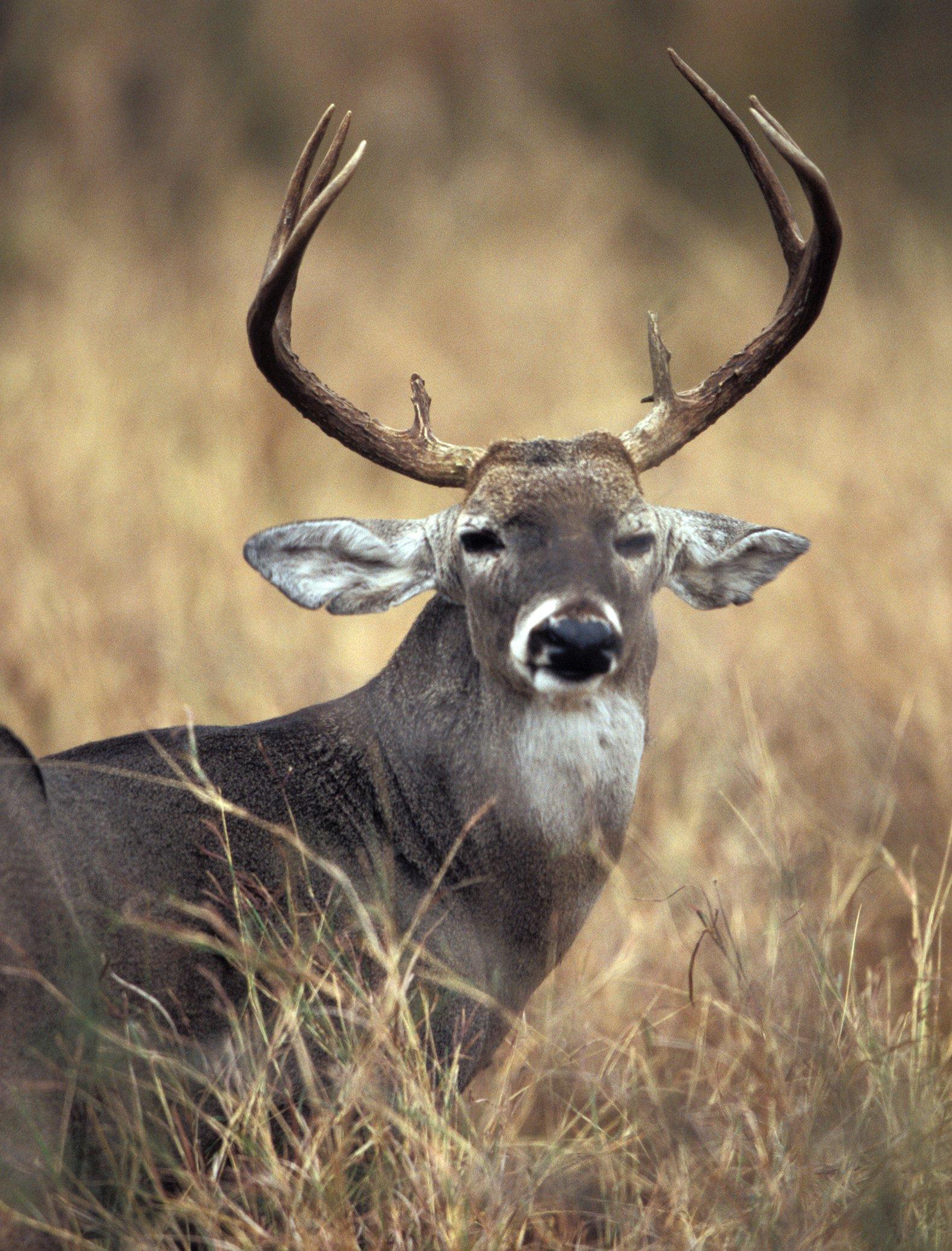
Some bucks just have bad attitudes, and it often pays dividends to remove those deer from the herd. Image by Russell Graves
Once, I hunted a Saskatchewan swamp baited with oats and alfalfa hay, which is legal there. It was a beautiful spot, and I expected to see a 170-inch buck step out of the surrounding bush any minute.
The first deer I saw was thick and squatty, with an ugly rack that might score 110. He rolled into the feed like he owned the joint and started chowing down.
For the next eight hours, other deer tried to come and eat, but Ugly would have none of it. When a doe approached, he’d bluff charge and run her off. When he’d hear or see another buck moving in the brush, Ugly would bristle up, sidestep that way, tilt his head, lay back his ears, and give the evil eye until the other buck turned and left.
I sat on the bait for three days and watched that mean-spirited buck run off dozens of deer. When on the third afternoon Ugly had the gall to bed down in the middle of his hay domain and go to sleep, I knew I had to quit that blind and move. I’d never kill a big deer there as long as that bully was around.
The Young Aggressors
Whitetail bucks have personalities. Some are normal and secretive. And then there are the bullies, which are born aggressors and become increasingly brazen as they age. These bad-attitude bucks travel widely and typically blaze lots of rubs and scrapes. During the rut, they become testosterone-addled thugs and look for fights with other bucks. These are the wild-eyed bucks you see hassling every doe in sight. They are ornery, and other deer don’t want to be around them. Nobody likes to hang with a bully.
The good news is that when you find and hunt an aggressor, you have a decent chance to tag him. Because the deer is bold and moves in wide circles, odds are good he’ll make a mistake in daylight. When he’s rutting, you’re apt to see him motoring around the woods like he owns the joint any time of day.
Set your stands tight to where you think an aggressive buck is feeding or heading into a bedding area. Watch fields and plots where does feed, and where he comes to annoy them. Trigger your type-A buck’s challenging nature by grunting or rattling during the rut, when he’s stoked to respond.
The Old Brutes
A second group of bullies is the old brutes, like the Canadian buck Ugly I told you about earlier. These crotchety bucks inhabit very remote areas, such as the Saskatchewan bush, or tightly managed private lands where hunting pressure and the annual buck harvest are very limited.
In these areas, hunters naturally don’t target bucks with stunted racks and limited potential, waiting instead for a crack at a 4- or 5-year-old 10-point beauty. Because the poor-racked bucks aren’t getting shot, they grow old and seem to live forever, eventually taking over a section of woods. The older these bucks get, the worse their attitudes become. They turn into dominant bullies that take ownership of a piece of real estate and push out other normal bucks with solid antler potential. You know all those 2- and 3-year-old bucks with promising 130-class antlers you pass up every season but never see again next year? I believe many of them are pushed off the farm or woods you’re hunting by the old, oppressive bullies.
If you and your buddies hunt private land where these old brutes live (because you keep passing them up), you should think about tagging a few if you get the chance. Regardless of rack score, a 6- or 7-year-old wild whitetail is a real trophy. And by removing a few of these bullies from the herd, you’ll improve the age structure of the bucks on your land. In a year or two, you ought to start seeing more 4-year-olds that score 140 to 150 inches and more.
Don’t Miss: 6 OF THE BEST NEW DEER LOADS FOR 2024

